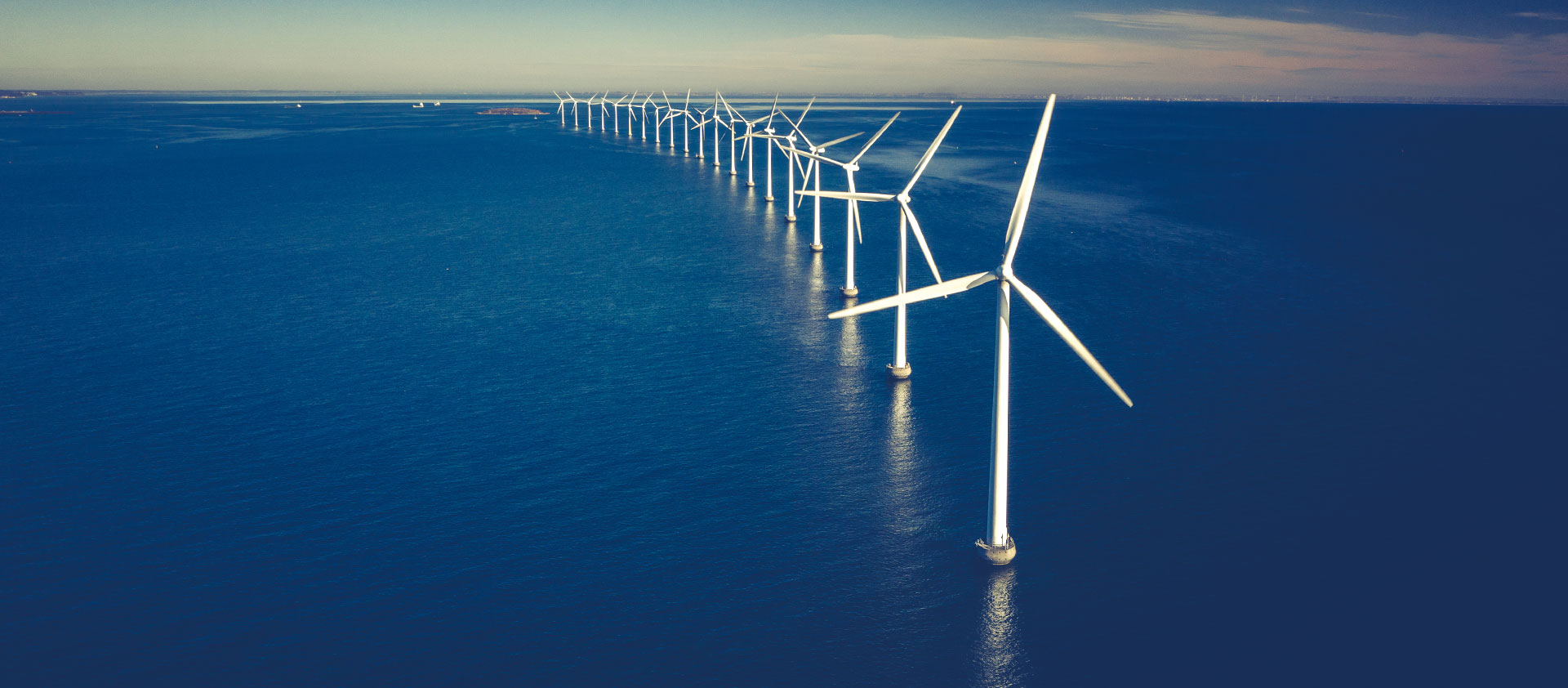AER AGL Aluminium Batteries Battery Budget BYD CATL CBAM China Coal Critical minerals Decarbonisation Diesel DMO Election Electric Vehicle Electricity/electrification electrostate Energy crisis Federal Election Finance Sector & Emissions Gas Green Iron/Steel Hydrogen India & Adani Methane Nuclear offshore wind Oil OP EDS Peter Dutton Podcasts Renewables Solar Tariff Taxes and subsidies US IRA/EU NZIA et al Wind
Australia seizes Gupta steelworks over ‘irredeemable’ financial problems
The Financial Times (UK)
While the US stifles the green transition at home, nimble Aus incentivises wind turbines, solar panels, electric vehicles – and communities
Fifth Estate
With Trump declaring war on climate action, is this the last straw?
The Sydney Morning Herald
Green steel needs incentives to work and Japan has a plan
Reuters
In the US-China battle for critical minerals, where will Australia stand?
South China Morning Post
OP ED | The gas export industry continues to cry wolf about always looming shortages, but this isn’t supported by the facts
Energy News Bulletin
RADIO INTERVIEW | EnergyAustralia on Australian energy transformation
Gippsland FM
FIRB go-slow on China approvals hindering capital flows
The Australian Financial Review
ReGlobal has published a CEF report on Decarbonising Iron and Steel in Australia
ReGlobal
Blunt power warning as energy boss pushes onshore gas
AAP
Climate Capital Forum calls for immediate passage of Production Tax Credit Legislation to kickstart Australian green manufacturing
Climate Capital Forum
PODCAST | Tim & Grant McDowell on Spark Club: China Leaps Forward
Spark Club Podcast
